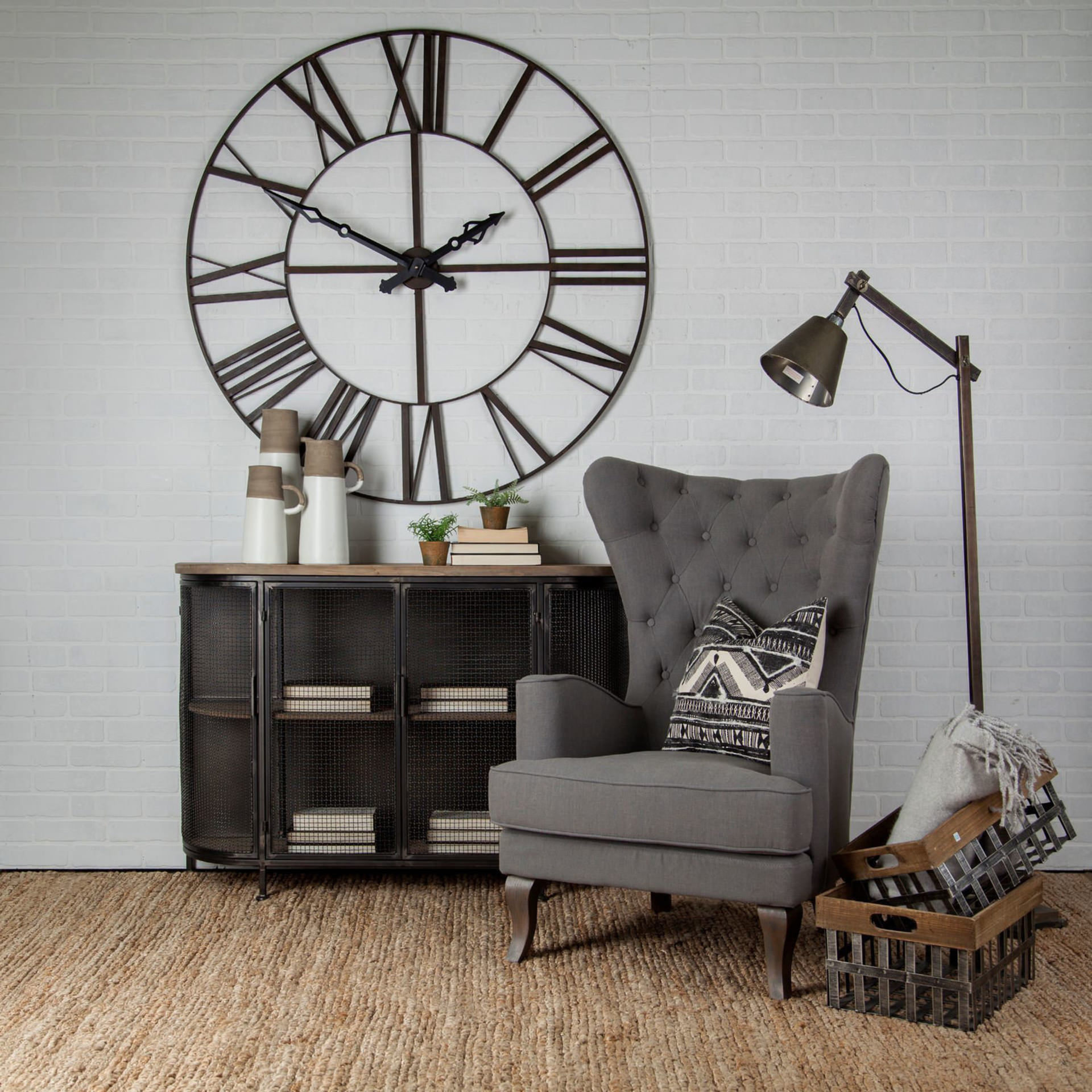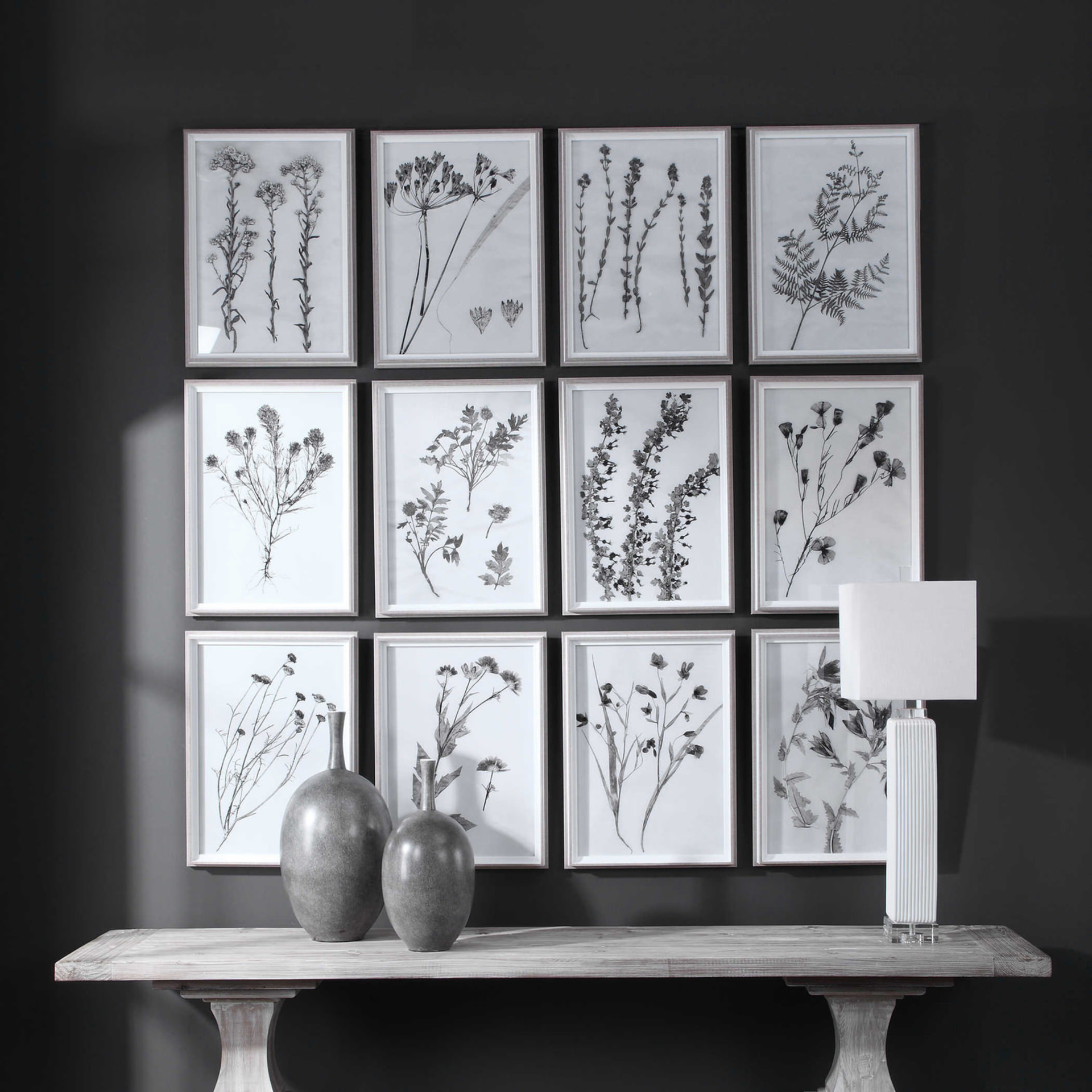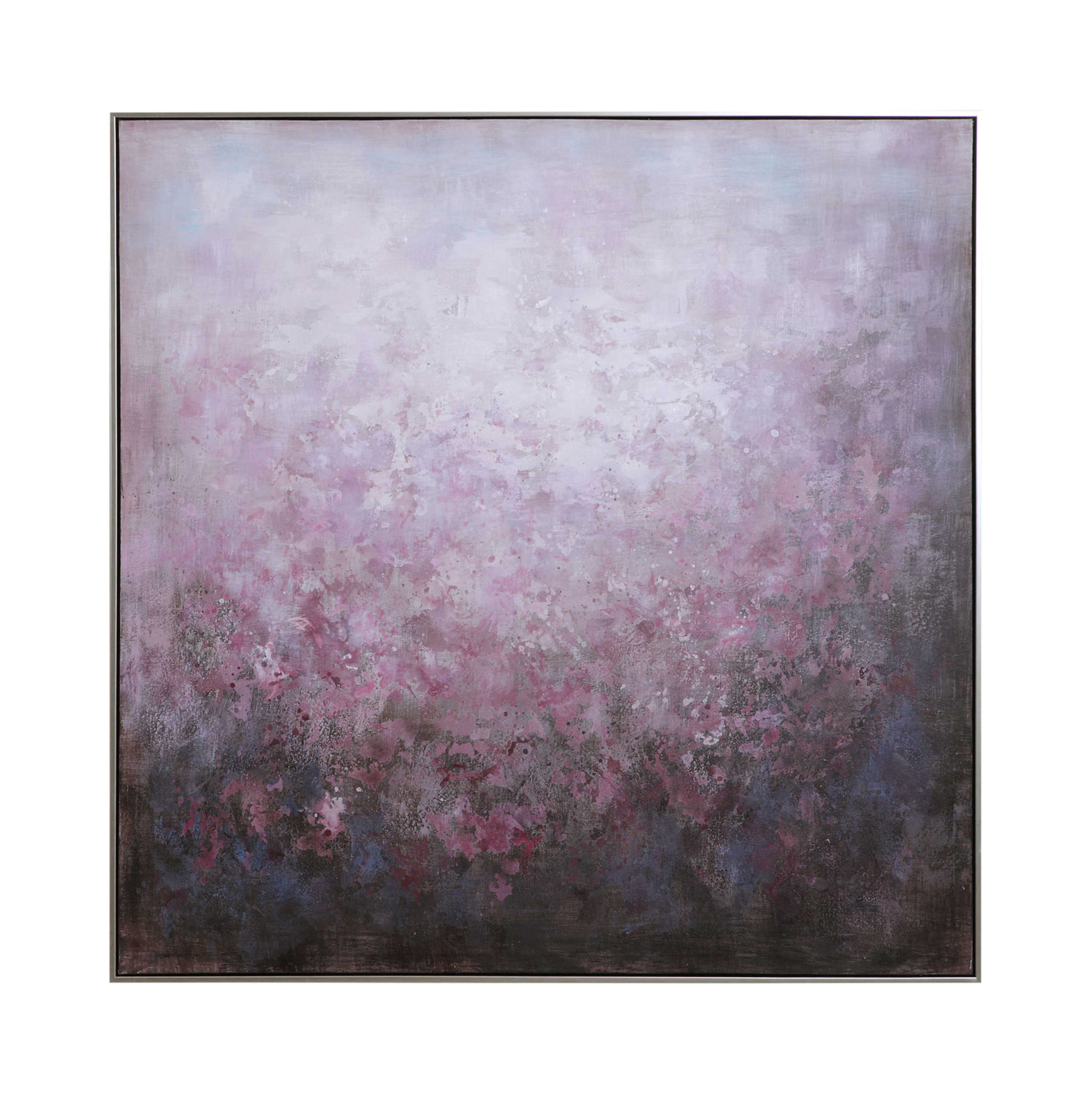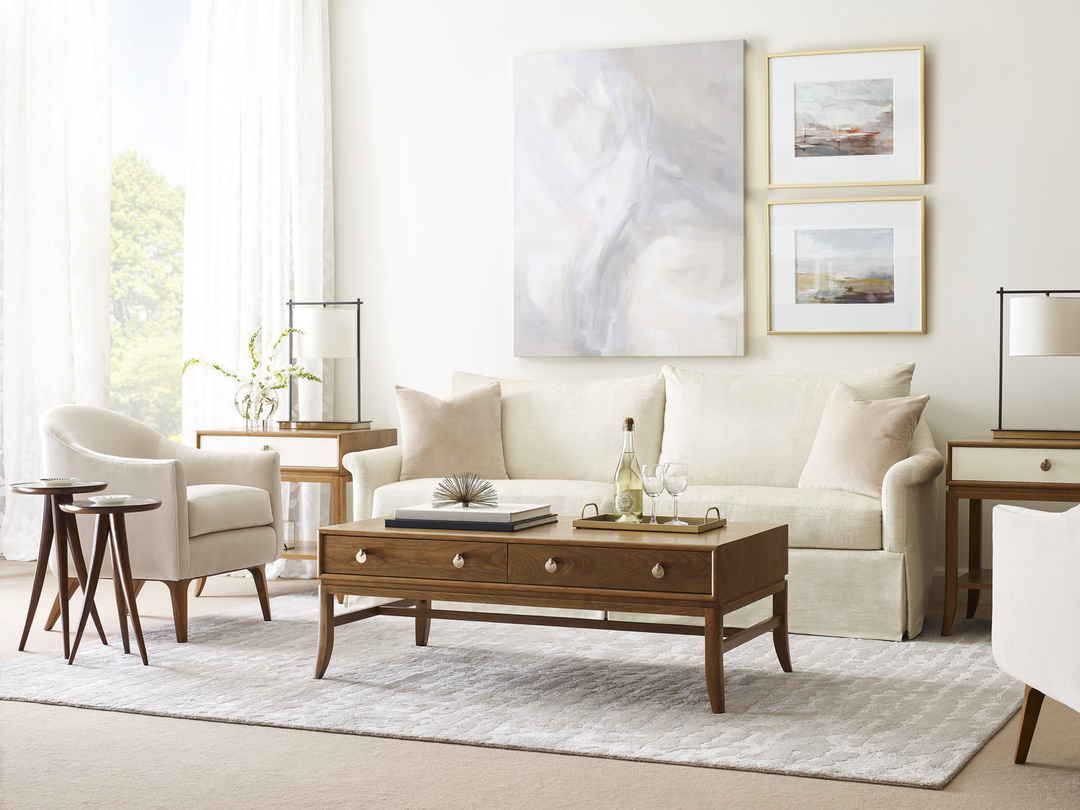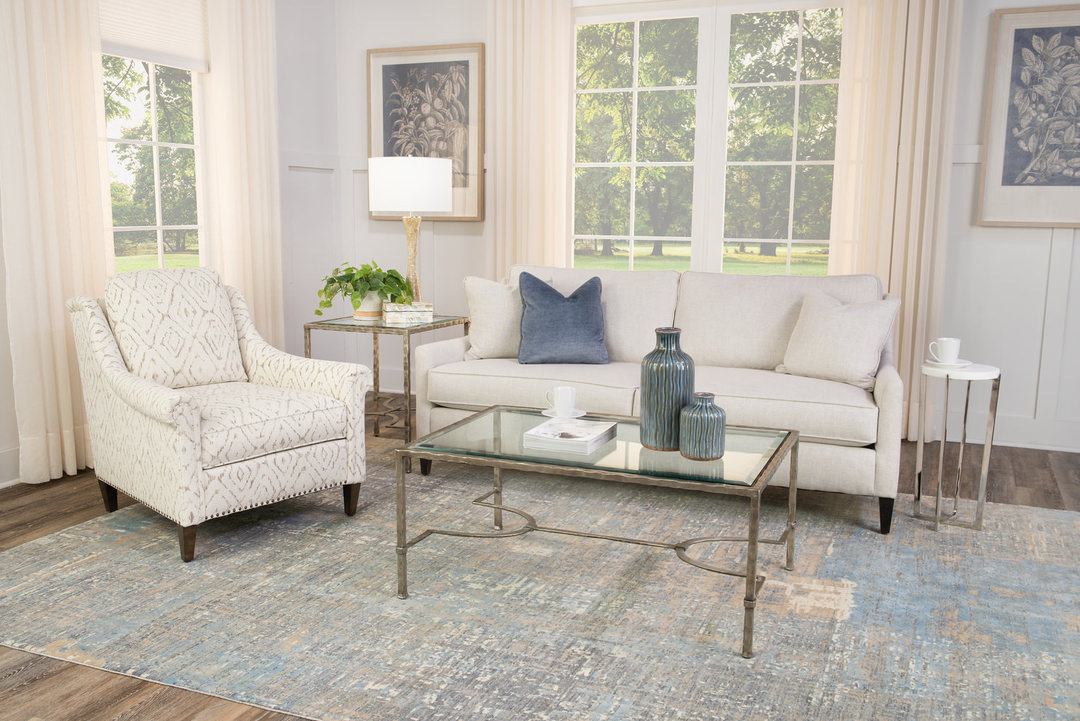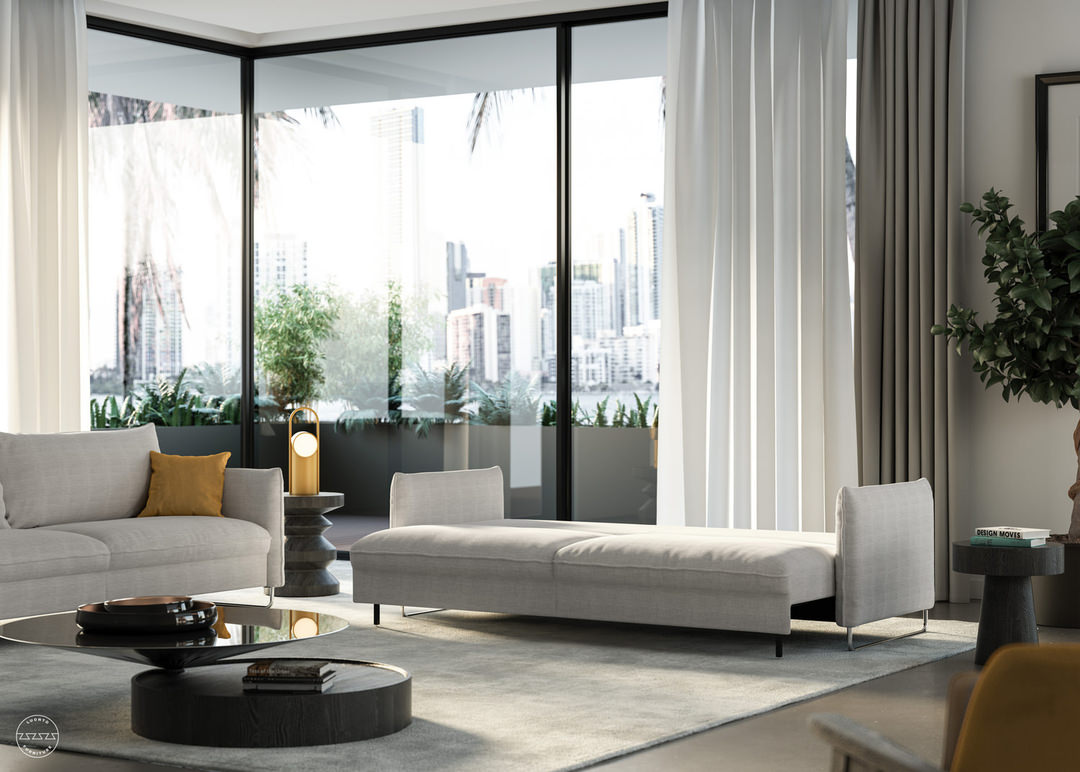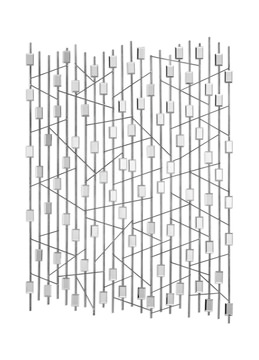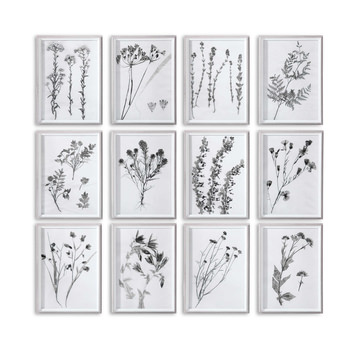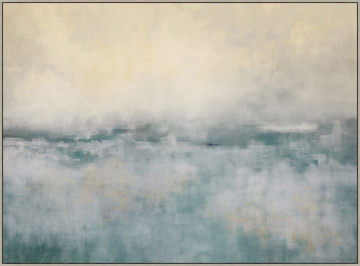Wall Art 101
April 2023
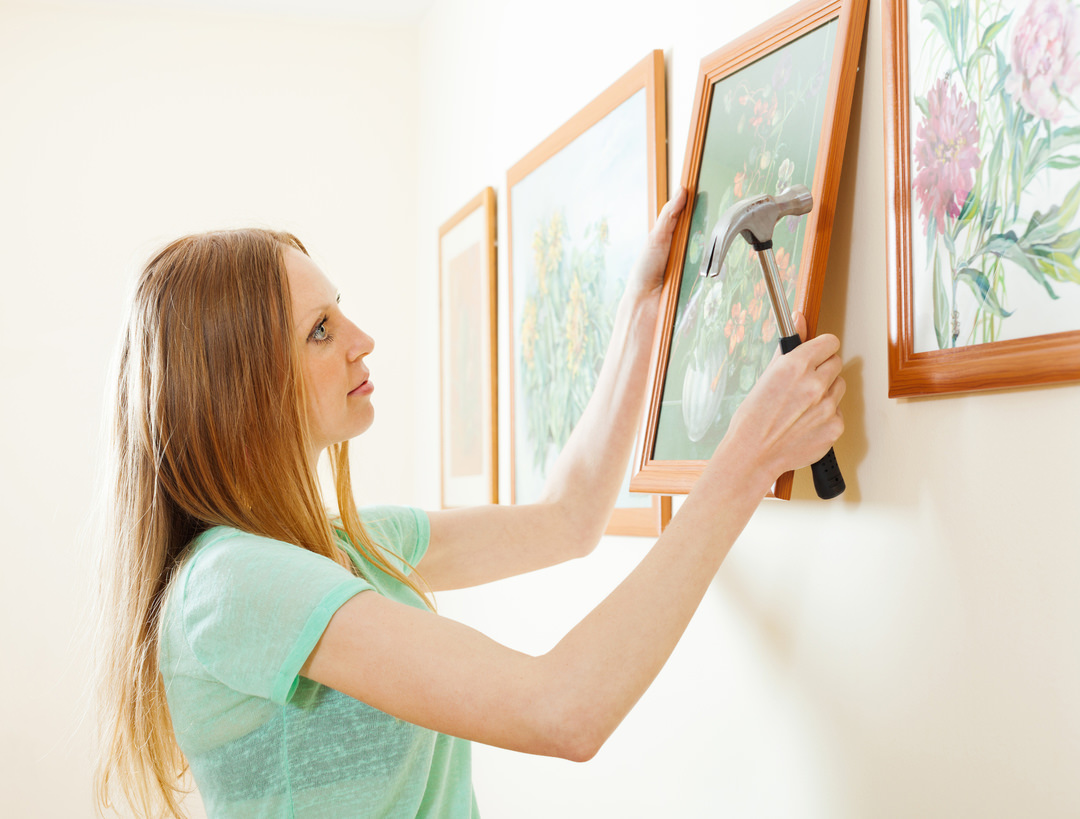
There’s one item, or items, that every room needs to look completed: wall art! Paintings, photos and other pieces of wall art allow you to personalize a room to your tastes, and there’s no shortage of options available—from prints to one-of-a-kind pieces.
How to choose wall art
Wondering, “what type of wall art will look best in my room”? Here’s an easy way to start. Many people match their wall art to the theme of their room, ranging from traditional to modern. Styles abound, with some popular categories including:
- Landscapes
- Abstract
- Impressionist
- Modern
- Pop art
- Contemporary
The idea of choosing artwork to match the design theme of your room is more of a guideline than a strict design rule. There’s lots of space for mixing and matching style genres. In fact, you can create a room that is uniquely yours by incorporating wall art from different design themes. For instance, a beautiful landscape can help warm up an industrial style space; and a colorful piece of modern art can add a bold pop in a casual style living room.
Designer tip: Create cohesion in your space by using some of the same colors from your wall art in other accent pieces in your room, such as throw pillows, an area rug or home accessories.
Another factor to consider when choosing wall art is the type of art, with each type having a different feel in your room. Forms of wall art that you may consider for your interiors include:
- Canvas art prints
- Framed photography prints
- Tapestry
- Wall sculptures
- Wood or metal signs
- Mirrors
- Clocks
If you’re still left unsure of what style and type of artwork to choose from your room, one of the best strategies is to browse. Stop by a showroom and look at different pieces. See what strikes your fancy. You can also work with an interior designer—even if it’s just for a single piece. Many interior designers offer a full scope of design services, from designing a home from the ground-up to helping you choose the perfect piece of artwork based on your style preferences and the other elements in your room.
What size of artwork is best for my room?
There’s another important consideration for choosing wall art—one that will have a large (or smaller) impact on the aesthetic of your space. It’s not just the subject of the wall art but the scale as well that makes a big difference in how it looks. There’s a large range of sizes available, with different pieces working best in different places. As a general guide, artwork sizes fall into the following groups:
Extra Small: Wall art under 15-inches tall and wide generally falls into this group. They can be used alone, perhaps placed on a small shelf and leaned against a wall, or hung in a little nook or cranny. Extra small wall art also works well as part of a collection, like a triptych. A triptych is a set of three associated artistic, literary or musical works intended to be appreciated together.
Small: Paintings and other wall art that’s between 16 and 24 inches are considered small. While they can be hung on walls with limited available space, like bathrooms, they are generally most effective when hung in a set with a similar piece or used as part of a grouping.
Medium: Medium sized wall art is generally 25 – 32 inches in height and/or width. These pieces can be hung alone in many rooms. They may work great in an entryway, home office, hobby room or other smaller space. They can also be hung in pairs for a more dramatic effect in your living room or master bedroom.
Large: Ranging from 33 to 40 inches, large wall art usually stands (err, hangs) on its own. Centered on a wall or above a sofa or headboard, a single large painting or piece of wall art presents a classic appeal and balanced look.
Extra Large: Anything that has a width and height of more than 40 inches falls into this category. Similar to large wall art, these bigger pieces work well on their own. When there’s available space, extra-large wall art can have a stunning impact in your room, and can create a sense of luxury and spaciousness.
How high should I hang artwork?
Once you’ve chosen your artwork, factoring in the style and size, it’s time to hire a professional to install it or break out the nails yourself. Either way, a little planning goes a long way. A common decorating mistake is to hang your artwork too high for visual, and neck comfort. When deciding how high to hang your art installation, there’s an easy guideline to follow. Most museums hang their artwork so that the center of the picture is at eye level. The magic number – close to eye level for most people – is 57 to 60 inches. Of course, there are many scenarios that can factor into your ideal number. Consider the following situations to determine the proper height for hanging your artwork.
- Height of your household members should be considered. If most inhabitants are on the shorter side, stick with 57 inches as your guide.
- Rooms with high ceilings (eight feet or higher) may benefit from artwork hung slightly higher than 60 inches to create visual balance.
- Artwork that is tall itself, the guideline may not be practical. For large artwork, make sure the lower perimeter is at least a foot off the ground.
- Framing artwork above focal pieces such as a sofa, headboard or other piece of furniture may also be cause for adjustment. You want the furniture and art to be visually connected, so plan for a distance of at least 6 inches but no more than 12 inches between the top of the furnishing and the bottom of the piece of wall art.
- Architectural features of the room can be considered in the same way as furnishings.
To hang your artwork so that it looks balanced in your room, you should also consider how it is centered on a wall. A single picture on the wall is usually centered left to right. However, if there’s an off-center sofa against the wall, this choice may look unbalanced. In this case, you may center the artwork by the sofa itself, not the entire wall. Also, consider the proportions of the pieces. The art piece should be approximately 2/3 the width of the sofa or other piece of furniture. If it’s smaller, you may hang multiple pieces as a group, following the same guidelines.
Gallery Walls
If you’re hanging several pieces of wall art, you might choose to arrange them like a museum, in a single row evenly spaced across the wall. However, more and more designers today are opting for the gallery wall. That’s when a grouping of pictures takes up most or all of a particular wall. Gallery walls come with their own best practices for arranging the artwork.
First, space gallery wall pieces properly by maintaining a comfortable distance from other pictures. There should be three to six inches around all sides of each frame. The larger the framed art, the more the space.
It’s helpful to begin by laying out your wall art on the floor. Start in the center with large pieces and move outward. If there are different types of colors or patterns, spread them throughout the display to create balance. When you have an arrangement you like, use your paper cutouts or painter’s tape to determine where to position them on the wall.
Consider mixing in planters or different-shaped framed pieces, circular mixed with rectangular to give the illusion of depth and interest.
Seasonal Refresh
One of the biggest advantages of wall art is it’s relatively easy to switch out. A new piece or two of wall art can give your living room, bedroom or other space the refresh you desire—without the time commitment of a coat of paint or a larger investment in new furniture. This advantage allows homeowners to take bigger design risks. If you find you don’t love that large, bold piece of modern art, you can take it down with relative ease and try something else. Others may intentionally plan on switching wall art pieces throughout the year. A summer landscape can be replaced with a painting of fall foliage when the days turn cooler, a winter wonderland that’s perfect for the holiday season, and a spring floral painting to dream of sunnier days when cabin fever sets in.
Whether you are looking to add a single piece of art to a bare wall or want to cover an entire wall in a gallery style collection, there’s room to add your personal style to your home with wall art!
Don’t forget the lighting!
Once you have the perfect wall art selected for your space, it’s important to make sure you have sufficient lighting so everyone can enjoy the pieces. A tabletop lamp, floor lamp or picture light hung on the wall can highlight your art day and night to give that hallway or living room some emphasis and functionality as well.
